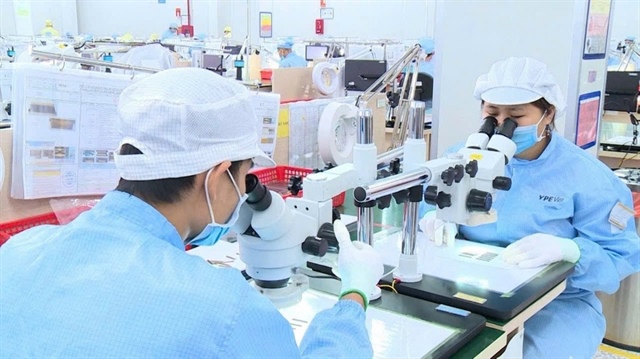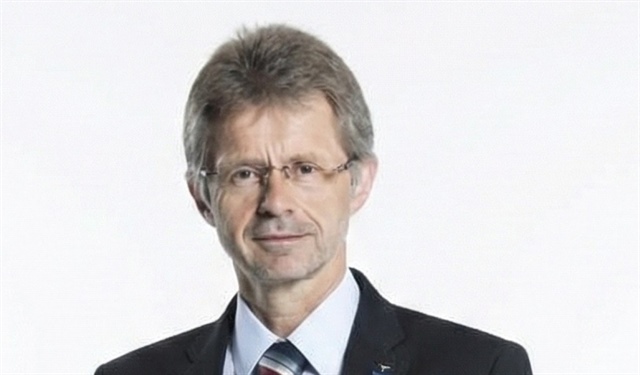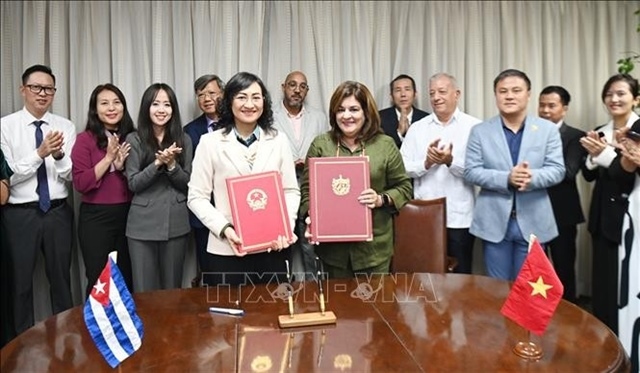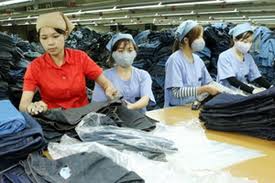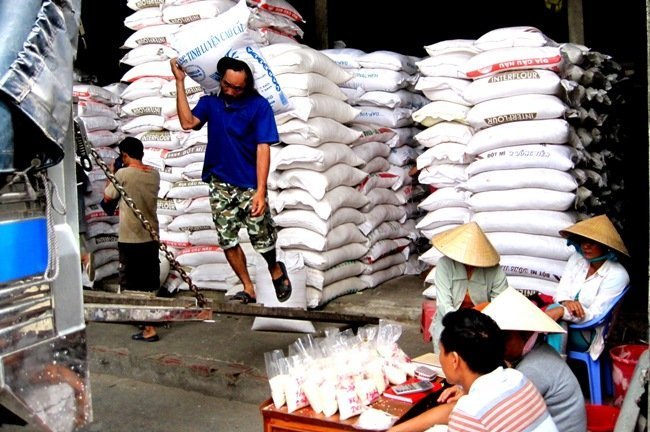Counterfeit goods undermine Vietnam’s economic prosperity
Counterfeit goods undermine Vietnam’s economic prosperity
The proliferation of counterfeit products in Vietnam - from consumer electronics to pharmaceuticals and fertilisers - is slowing the nation’s economic growth and even putting people’s lives at risk.
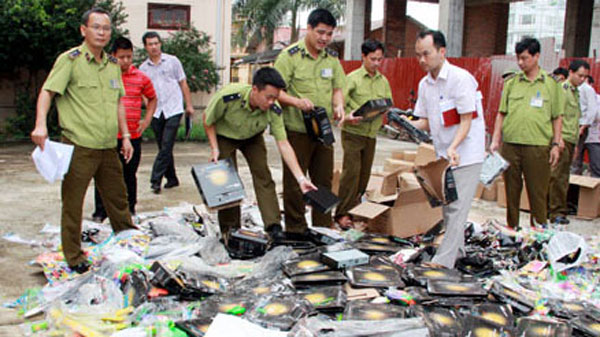
It has made the technology and the opportunity to make knock-offs more readily available to the criminal elements of the world. Internet in general and e-commerce sites like eBay in particular, have also made it easier to distribute counterfeit goods.
Equally important, far too many consumers in Vietnam with little disposable incomes are willing to accept a product of lower quality for a cheaper price— but little do they realize they are undermining Vietnam’s chances at building a better future for all.
Negative impact on economy
Minister of Industry and Trade Vu Huy Hoang said the problem and scale of counterfeiting matters enormously as it destroys the comparative advantage of products and Vietnam’s ability to attract foreign investment.
The major foreign investors compete on their reserves of innovation, invention and high-quality design and production. Piracy strips that comparative advantage away and to the extent it exists in Vietnam many countries would prefer to invest elsewhere.
As a nation, our citizens must ensure that foreign investors comparative advantages be respected and protected by law if we are to be successful in attracting large multinational companies to do business in Vietnam, Hoang said.
The loss of revenues to these knock offs is not just to businesses Hoang said, but in addition the State is being deprived of revenues from tax collection and the cost to consumers’ health is immeasurable.
Perhaps most worrying is the booming trade in counterfeit medicines, which many leading world economists have estimated accounts for almost 10% of the global trade in medicine.
One recent study concluded that up to 40% of products labeled as containing the anti-malarial drug artusenate contain no active ingredients. Most of these fake drugs are headed for the world's poorest countries, many of which are in Southeast Asia and include Vietnam.
The World Health Organization has estimated that 60% of counterfeit medicine cases occur in developing countries.
The popular view is that buying a fake is a win-win game, so long as you know what you are paying for. Everyone enjoys a bargain. But it's far too easy – and wrong – to write off this kind of crime as not really harmful to anyone.
Counterfeiting is big business for criminal organizations that can affect entire sectors of the national and international economies and when pirates move into fake medicines and fake motorbike-parts, we move from rip-offs to potential tragedy, Hoang added.
Developing countries that tolerate the existence of a parallel illicit economy in their market will quickly lose the confidence of foreign investors and traders, and the technology transfer that these bring with them.
Just as importantly, they stifle the development of innovative and creative businesses in Vietnam.
It is time for a new strategy and a much tougher approach to dealing with the problem of enforcing the rules we already have against counterfeiting and piracy in particular.
To cope with the problem, Hoang said the MoIT has directed market management forces to strengthen inspection, monitoring and cracking down on violators producing, transporting and trading in counterfeit goods.
Last year, law enforcement agencies detected and prosecuted 17,396 cases of trading in knock off products seizing an estimated total value of fake goods of VND36 billion, a year-on-year increase of 24.2% in the number cases and 12.1% in value.
Of course these numbers are somewhat nebulous as no one really knows the true extent and cost of counterfeit products.
Complicated situation
Law enforcement in Vietnam simply does not have the wherewithal to counter these pirates as they have become far too sophisticated and to do so effectively demands high technology, which currently Vietnam does not have.
Holograms are a cheap way to distinguish real items from fakes, although counterfeiters are getting better at copying them. Special inks, watermarking, and other ‘covert’ technologies (meaning those invisible to the naked eye) are becoming more popular as a result.
Many ‘brand protection’ firms have also started to peddle radio-frequency identification (RFID) technology to help companies track shipments. This allows firms to tag boxes and crates with chips which send out signals identifying them as authentic.
Due to the complicated and sophisticated situation, Hoang said there must be a joint effort and comprehensive involvement of relevant authorities, businesses and customers to combat counterfeiting.
Retailers like supermarkets have to get proactive in the campaign to stomp out fake goods and choose more reputable suppliers in order to avoid delivering low quality and counterfeit products in their supply chains.
When detecting low quality fake products, they must inform authorities on a timely basis so that the situation can be adequately addressed.
Market management general department to be set up
To minimize and prevent trading of fake products, the market management forces will continue implementing drastic measures to timely resolve violations and detect loopholes in policies and mechanisms on trade and market management to propose for adjustment, Hoang said.
This year, the MoIT will put in place a project to set up a general department of market management and coordinate with relevant units to strictly carry out the market management ordinance.
To do the task better in the time to come, authorities need to step up dissemination of information to help businesses and people become better aware of the issue and realize the adverse consequences to the national economy from counterfeit goods.



